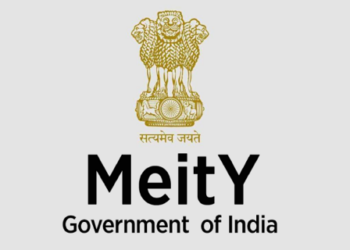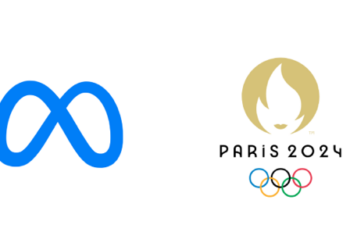Bengaluru: AppsFlyer, the global attribution leader, today released its retargeting report; The State of App Retargeting 2020 Edition, highlighting the scale and potential of app retargeting adoption rates across the globe. The report reveals compelling industry insights on how retargeting is emerging as a reliable approach to re-engage with customers to drive app retention.
While industry-wide retargeting adoption rate saw a 10 percent increase between 2019 and 2020, the APAC region registered the highest average share of retargeting conversions among all global markets. Further retargeting efforts have deepened with 32 percent of apps seeing over 50 percent of all conversions attributed to retargeting campaigns.
The impact during COVID-19 period on app retargeting:
Key COVID-19 findings
- High level of gaming activity during COVID-19 in India led to explosive conversions in gaming by over 500 percent in two months
- Entertainment apps heavily adopted retargeting conversions and increased by more than 200 percent, while shopping apps registered a sharp drop as non-essential services were largely inactive during the lockdown period.
- As lockdowns became effective in many countries, marketers in the Finance, Shopping, Food & Drink and Gaming verticals seized new opportunities for growth
- The COVID-19 crisis and lockdown prompted mobile marketers to increase their emphasis on retargeting with most verticals leaning on owned media during this period
The State of App Retargeting: 2020 report brought to light the key developments related to COVID-19. It analyzed the impact of the pandemic on app retargeting by factoring in two different time frames: a year-over-year comparison of January and February 2018-2020 prior to the outbreak and lockdown, and pre-COVID-19 data from the end of February through April 2020

“M-commerce has grown significantly over the years. The India story is no different and marketers’ vested interest in retargeting makes it a superlative tool. Retargeting has proven to be a reliable engagement tactic for app marketers, surpassing even user-acquisition in growth. APAC is leading the way to this adoption with a 36.4 percent average share in the global pie of retargeting conversions, whereas, India has shown a clear advantage in verticals such as – Gaming, Finance, Entertainment where retargeting campaigns have dominated in the markets using it. Without a doubt, retargeting has proven to be an effective tool for marketers that enjoy the benefits of further driving better retention and revenue, while taking advantage of the opportunity for sustained growth.” said Sanjay Trisal, Country Manager, AppsFlyer India.
App retargeting: Key findings for APAC &India
- Except for Hardcore games in India, gaming marketers that run retargeting campaigns see higher retention rates across most markets
- In India, retention is 3x higher for finance apps running retargeting in Week 8 compared with those that don’t
- 72% of Shopping apps run retargeting campaigns in APAC; 65% of their marketing conversions are retargeting conversions
- Several verticals in India demonstrate the advantages to re-attribution campaigns with respect to paying users: they deliver an 86 percent higher share in Shopping, a 40 percent higher share in Food & Drinks, and a 41 percent higher share in Health and Fitness resp.
- Hardcore games (strategy and role-playing)running retargeting saw a dramatic 200 percent uplift in ARPPU (Average Revenue Per User)
APAC region saw marketers in almost all verticals increased their budgets in 2020 to re-engage valuable existing users. Among shopping apps, the longer app marketers wait to start retargeting, the better: the data points to a 15 percent uplift from users retargeted after 120 days. With gaming apps, their marketers should consider the 60 and 90 days, when ARPPU uplift from retargeting reaches 91 percent.
Globally, the report highlighted that about 35% of conversions are driven by retargeting while 65% are the result of UA(User Acquisition) campaigns. Overall figures for retargeting adoption are mainly driven by gaming, which is by the far the largest vertical.
















